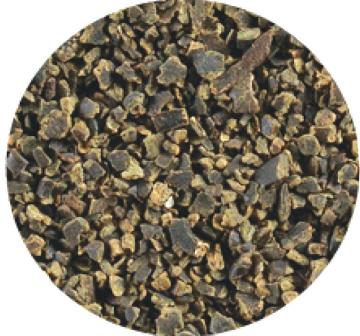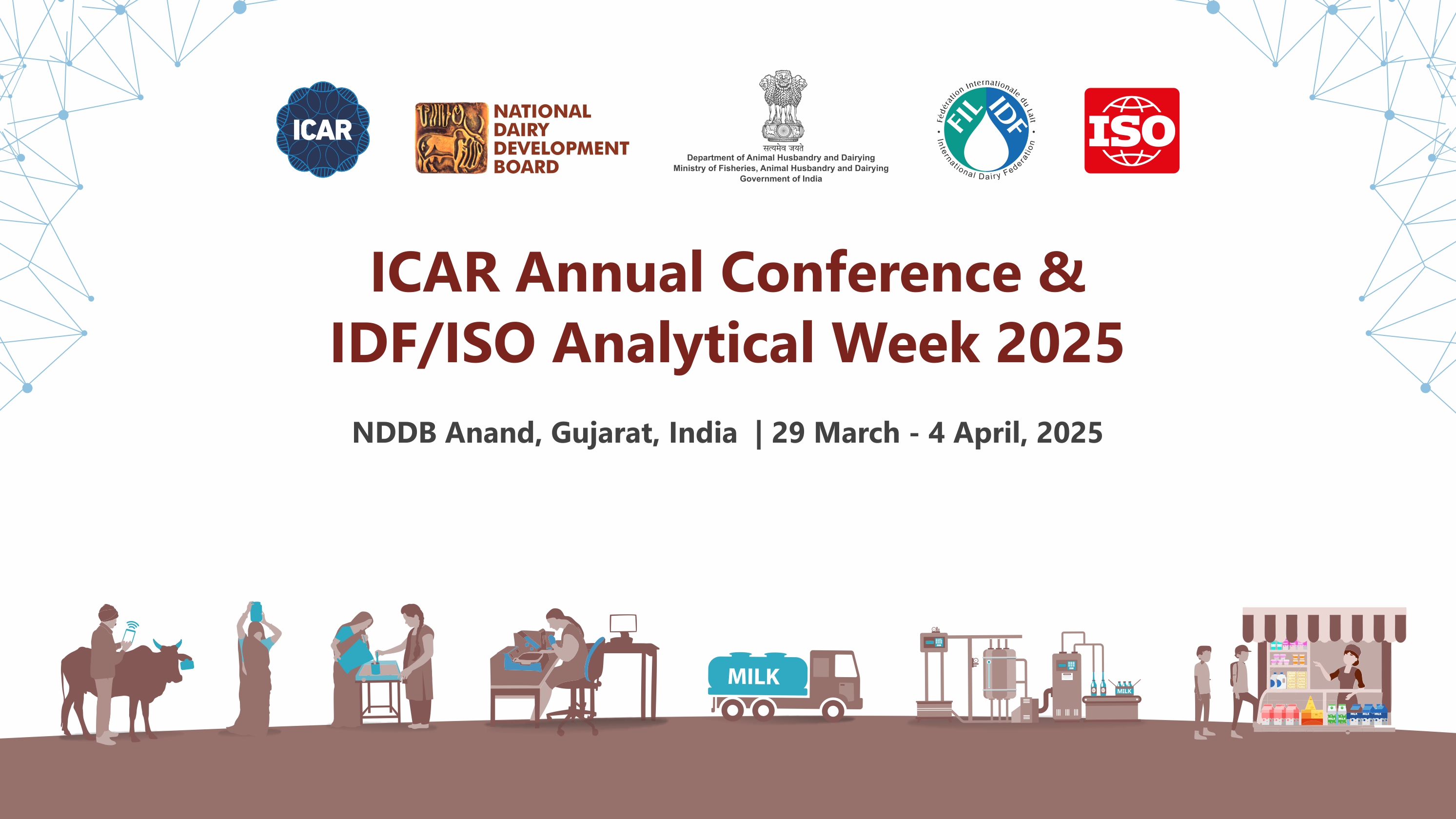
Seaweed meal (Sargassum spp.)
India has got a long coastal belt, where different varieties of seaweeds are available in plenty. Seaweeds are primitive type of plants growing in the intertidal or sub-tidal regions of the sea. Depending upon the type of pigment present and other morphological and anatomical structures, the seaweeds are broadly grouped into green, brown, red and blue-green algae. Seaweeds contain more than 60 trace elements in a concentration much higher than in land plants. They also contain protein, iodine, bromine, vitamin and certain antibiotic substances (Chennubhotla et al., 1991).
Seaweeds are used as human food, livestock feed and fertilizer for land crops in many countries. Phytochemicals obtained from seaweeds are used in food, confectionary, pharmaceutical, dairy, textile, paper, paint and varnish industries as gelling, stabilizing and thickening agents. The availability of seaweeds in India is about 0.6 million tones.
Nutritive value
There is wide variation in the nutritive value of seaweeds. The CP content ranges from 9-19.93% and the total ash content is 23-44.62%. Extracted variety of seaweed contains more protein and fewer minerals.
Inclusion
Dried seaweeds can be utilized up to 20% level in ration of growing calves and up to 15% level in ration of milch animals without any adverse effect on animal performance (Talpada et al., 2002). Dry seaweeds as such are less palatable. But if they are fed with some more palatable feeds or molasses, they become palatable.
